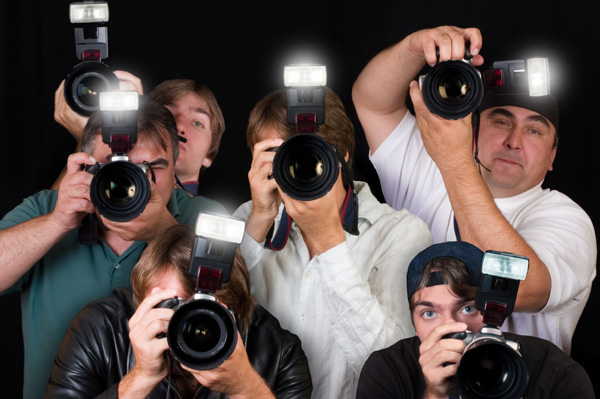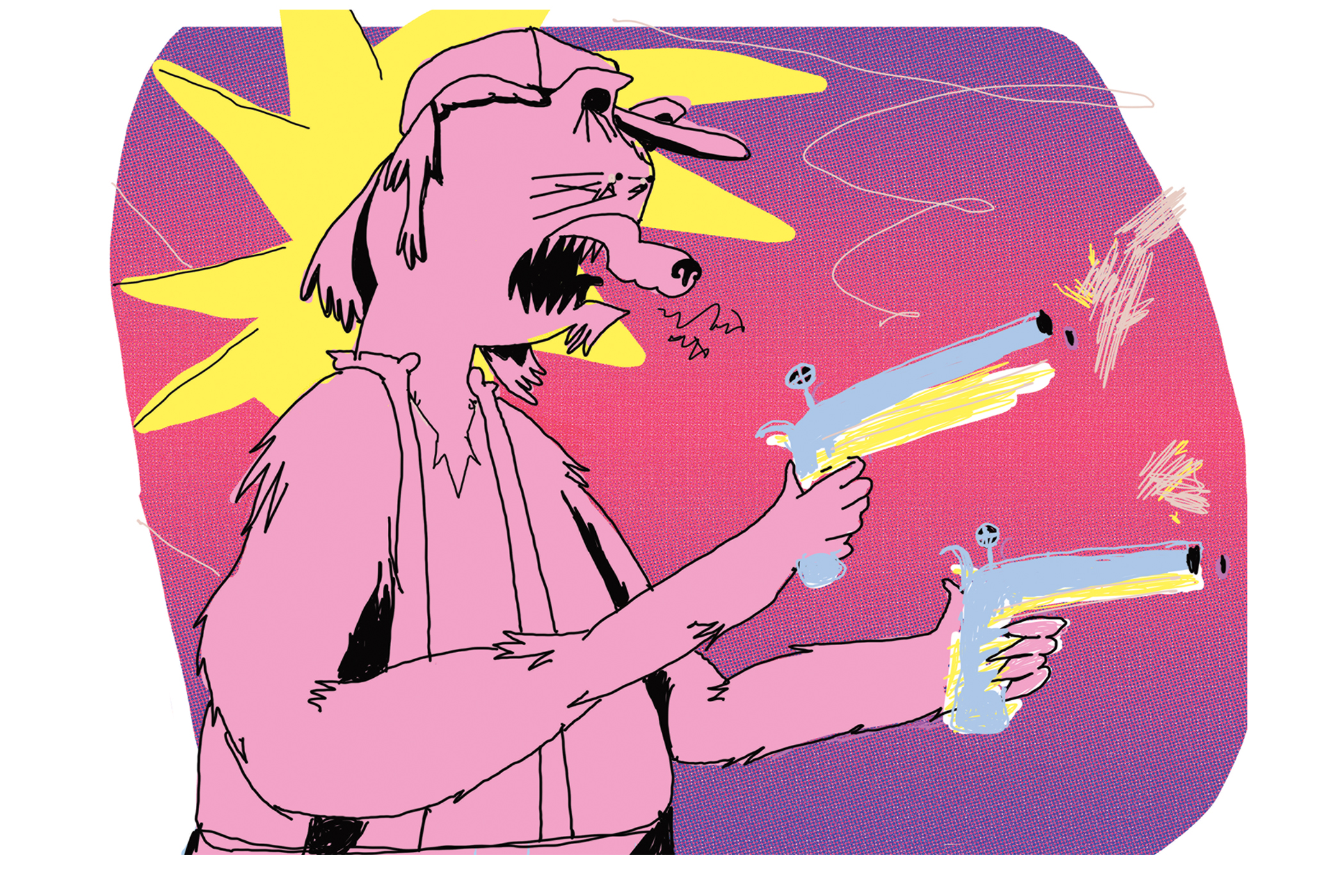Photography has become increasingly popular since the convenience of digital photography and smartphones. However, with the ease of use and sharing of pictures comes the added issue of personal space.
Just a few weekends ago, I was attending the Portland Highland Games. While there, I watched a man with a large camera and lens walk up to a man playing the bagpipes, stick the camera in his face and snap a picture. The resulting exchange made it very clear the photographer did not ask permission, and the piper was furious and distracted. He stopped playing and yelled at the man, who disappeared as quickly as he had appeared. Scenarios like this have become an epidemic and can be both annoying and violating. The lines between what is legal and what is moral are often blurred when it comes to unwanted public photography.
Congress passed the Video Voyeurism Protection Act in 2004, making it illegal for pictures to be taken without consent in private areas. This works for organizations, who are required to post signs in areas where pictures may be taken for intra-organization purposes. However, in the case of the bagpiper, that’s not necessarily the case. While the photographer was behaving in a way I find unacceptable, it was not crossing the line according to the VVPA. The piper, however, was well within his rights to say no to pictures. The problem is that in a public place, he could say no, but that does not mean he would have been respected.
While it may be perfectly legal, it is absolutely rude to take pictures of a person without permission. The general consensus is that one should always ask permission before photographing another person. Unfortunately, manners seem to be often left behind when people find something interesting, cute, or cool to document. The well-known “People of Walmart” website boasts of hilarious or difficult-to-view pictures of people doing weird things in Walmarts around the country. This behavior incites some angry letters, which the site recognizes proudly under their “hate mail” tab. There are comments like, “You ought to be ashamed of yourself. You are nothing but a bully,” or “You guys are stupid and mean.” The site lists these as funny and allows visitors to vote on them like they would the pictures making fun of Walmart patrons.
Looking at the pictures and captions for the site, I would have to agree with the letter writers: The pictures are really mean. I also wonder, what about these people’s privacy? I understand they may not look like everyone else, but what say did they have in getting their pictures taken and posted online? Could they have dressed this way on purpose in the hopes of getting on the site? The answers to these questions could move the level of acceptability on the social scale drastically one way or another.
People of Walmart is not the only site on the internet of voyeurism in its varying degrees. With the rise of cell phones and the trend of “street photography” as it is called, the morality of unsolicited photography is being pulled more and more into question. What is acceptable and what is not? Just because something is technically legal, does that make it right? According to the blog of street photographer Laurie Varga, “Just because something is legal doesn’t mean there is no negative impact.” She goes on to point out that there is a difference between acceptable social behavior and legal behavior, using how we teach our children to treat others as an example: no touching/staring because it is rude.
What is important in these cases is the social implications. Taking a person’s picture without their consent can feel violating to them, and while it is not illegal, it is rude and morally reprehensible. To put the idea in perspective, would you want a person to do the same thing to you in the same situation? Are you doing something that you would consider rude or creepy if it was done to you? Chances are you would not want your picture taken without your permission. When in doubt, it is better to ask than assume.






